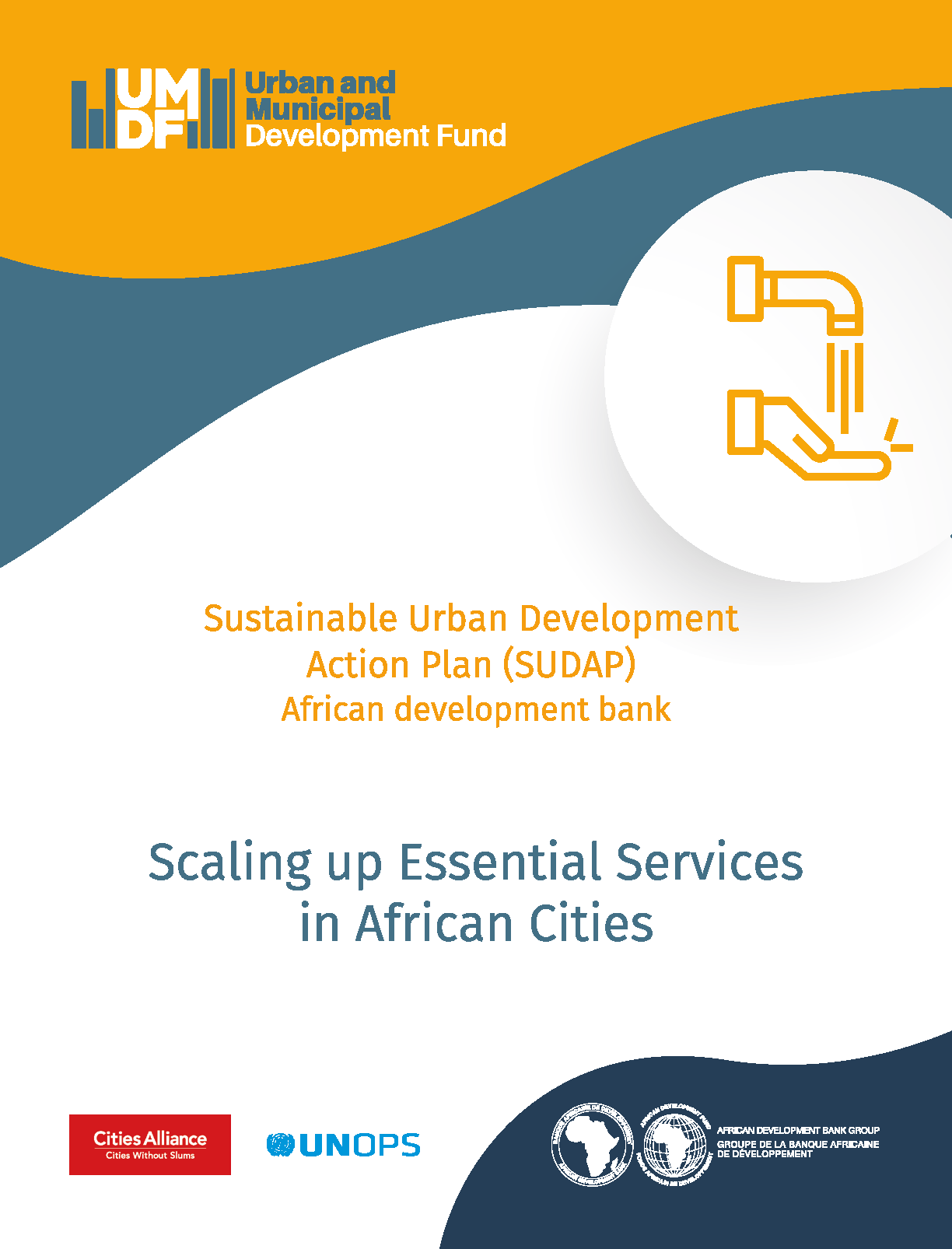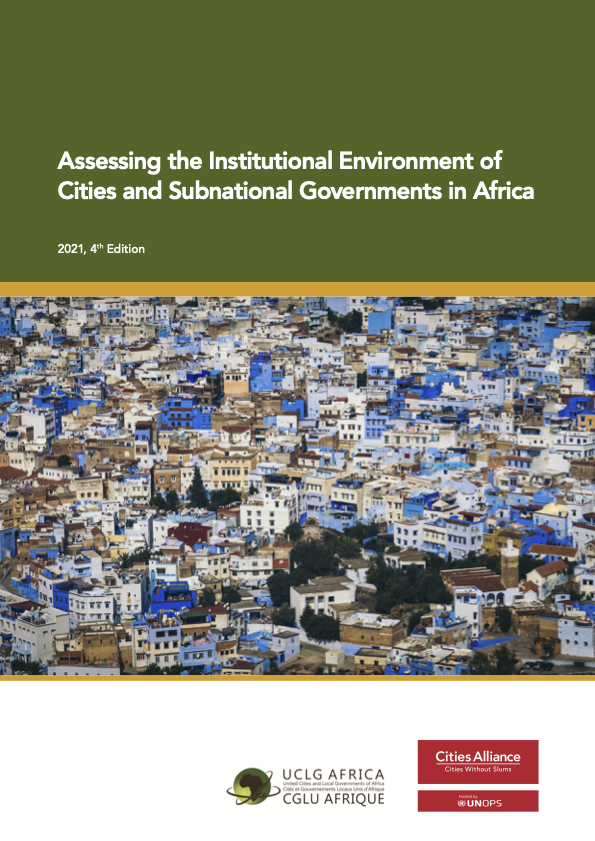- Who We Are
- How We Work
- Portfolio & Results
- Newsroom
- Resources
Urban LandMark Resources on Markets: Improving access to the city through value capture (2012)
An overview of capturing and allocating value created through the development of transport infrastructure in South Africa
Cities attribute much of their economic expansion to the development of transit systems that link people efficiently to jobs. However, many of South Africa's cities lack modern mass transit systems for transporting commuters. Partly as a result, South Africans, especially low-income workers, spend a high share of their disposable income on transport.
From 2005 and leading up to the 2010 FIFA Soccer World Cup, South Africa massively stepped up its investment in rail, road and air transport infrastructure. Gautrain, the Bus Rapid Transit System, new highways and other major transport infrastructure projects represent a huge new investment in the country's transportation network.
Such transport infrastructure development often brings greater passenger loads, increased traffic and improved exposure to the immediate area. As a result, local businesses may receive a boost, new businesses may wish to locate there, and more residents may wish to move to the area to benefit from convenient, accessible transport. The resultant increase in the demand for nearby land often increases the property values.
Such potential increase in land value surrounding public infrastructure offers major opportunities for cities to promote development and for local government to accumulate some of the value created by using various 'value capture' mechanisms.
Value capture is a public financing technique that 'captures' a part or all of the increases in private land values that result from public investment by imposing a tax on the property or requiring an in-kind contribution, such as land or improvements. The additional revenue can be used to finance infrastructure for economic growth and urban development, or for poverty alleviation. The infrastructure financed in turn leverages private investment in the area as it improves.
Despite these advantages, local authorities in South Africa have adopted few value capture mechanisms to date.
Urban LandMark has therefore developed a booklet that focuses on the creation, measurement and capture of value from transport interchanges. It also looks into the opportunities/obstacles to municipalities' use of value capture instruments. And it investigates the economics of value creation and value capture to identify the possibility of 'getting ahead of the curve' in securing these sites for more socially orientated development.
The resource builds on a 2009/2010 Urban LandMark-commissioned investigation by African Development Economic Consultants into value creation and capture around transport interchanges in South Africa and international best practices in capturing this increase for public good. It further builds on a 2011 Urban LandMark-commissioned study by Alison Hickey-Tshangana into the legislative, policy and fiscal frameworks impacting on the use of value capture mechanisms in South African.
The booklet therefore provides the user with an opportunity to learn about how value is created at transport interchange sites, which value capture instruments would most effectively capture that value for public good, and what legislative, policy and fiscal changes are required to allow for greater use of such mechanisms.
Booklet
Booklet [3.22MB]
Reports
Value capture from transit-oriented development and other transport interchanges [610KB]
Legislative and policy context for the application of value capture mechanisms by municipalities [736KB]
Presentation
Book launch presentation [1.45MB]


